Laurence Griffiths
Well-Known Member
Hello all,
I am a retired civil engineer from Brisbane's bayside and have been taking photos since my grandmother gave me a Kodak 127 'Brownie' as a sixth birthday present way back in the early 1960s.

Kodak 127 'Brownie' by Laurence Griffiths, on Flickr
A Kodak Instamatic 33 saw me through school and university days, but my first SLR camera was an Olympus OM-2N, which I bought with my first year of work's Christmas bonus cheque in December 1980. I still use Olympus / OM System cameras, but have had brief detours into Nikon and Canon. - I still have a Canon EOS 6D, which I take out from time to time.
Being born and brought up in South Africa and having worked both there and briefly in Rhodesia / Zimbabwe, I realised that the world that I knew was changing rapidly and I was determined to document the Africa that I saw. Admittedly this was mainly for selfish reasons. - I wanted to remember things I had seen and places I had been. Physically, I lived and worked in South Africa, Zimbabwe and New Zealand, before moving to Australia during 1994/1995.
Sometime during the early 1980s, I came to the realisation that a photographic print was a picture, whereas viewing a slide photo projected against a large screen was like looking through a window. I started to use slide film more and more. This turned out to be lucky as, in January 1985, our house was flooded during a major rain event. All my negatives and most of my prints were stored beneath a bench in my bedroom and were destroyed. But all my slides were in trays at the top of a cupboard and so escaped destruction, together with those prints which were in photo albums. Ever since those days I have been rather paranoic about backing up my images.
My first digital camera was an Olympus mju 500. My first DSLR was an Olympus E-300. My first mirrorless camera was an Olympus OM-D E-M1. At present my main "go to" camera is an Olympus / OM System OM-1, although I occasionally take the Canon EOS 6D and Oympus OM-D E-M1 Mk III out to play.
As my photography is primarily record keeping for my own benefit, I have tended to limit my editing of photos to reflect how the image looked to me at the time I took the photo. I never really got in to Photoshop and Lightroom, but use a combination of DxO PureRAW for noise reduction and lens correction purposes, before importing the resulting DNG files into Capture One Pro for all other editing.
I view my photography as an on-going learning experience and hope to be able to learn from the members of this forum and also, if possible, to pass on some of my own experience / knowledge.
Thank you for accepting me into this forum.
I am a retired civil engineer from Brisbane's bayside and have been taking photos since my grandmother gave me a Kodak 127 'Brownie' as a sixth birthday present way back in the early 1960s.

Kodak 127 'Brownie' by Laurence Griffiths, on Flickr
A Kodak Instamatic 33 saw me through school and university days, but my first SLR camera was an Olympus OM-2N, which I bought with my first year of work's Christmas bonus cheque in December 1980. I still use Olympus / OM System cameras, but have had brief detours into Nikon and Canon. - I still have a Canon EOS 6D, which I take out from time to time.
Being born and brought up in South Africa and having worked both there and briefly in Rhodesia / Zimbabwe, I realised that the world that I knew was changing rapidly and I was determined to document the Africa that I saw. Admittedly this was mainly for selfish reasons. - I wanted to remember things I had seen and places I had been. Physically, I lived and worked in South Africa, Zimbabwe and New Zealand, before moving to Australia during 1994/1995.
Sometime during the early 1980s, I came to the realisation that a photographic print was a picture, whereas viewing a slide photo projected against a large screen was like looking through a window. I started to use slide film more and more. This turned out to be lucky as, in January 1985, our house was flooded during a major rain event. All my negatives and most of my prints were stored beneath a bench in my bedroom and were destroyed. But all my slides were in trays at the top of a cupboard and so escaped destruction, together with those prints which were in photo albums. Ever since those days I have been rather paranoic about backing up my images.
My first digital camera was an Olympus mju 500. My first DSLR was an Olympus E-300. My first mirrorless camera was an Olympus OM-D E-M1. At present my main "go to" camera is an Olympus / OM System OM-1, although I occasionally take the Canon EOS 6D and Oympus OM-D E-M1 Mk III out to play.
As my photography is primarily record keeping for my own benefit, I have tended to limit my editing of photos to reflect how the image looked to me at the time I took the photo. I never really got in to Photoshop and Lightroom, but use a combination of DxO PureRAW for noise reduction and lens correction purposes, before importing the resulting DNG files into Capture One Pro for all other editing.
I view my photography as an on-going learning experience and hope to be able to learn from the members of this forum and also, if possible, to pass on some of my own experience / knowledge.
Thank you for accepting me into this forum.
Last edited:
